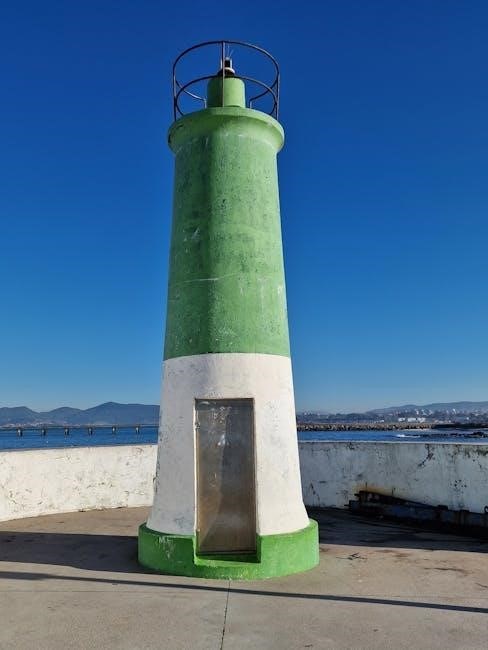Tipping fishing guides is a customary way to express appreciation for their expertise, effort, and the overall experience they provide. Typically, 15-25% of the trip cost is recommended, reflecting the guide’s professionalism and dedication to ensuring a memorable adventure.
Why Tipping is Important in the Fishing Industry
Tipping is essential in the fishing industry as it reflects appreciation for the guide’s expertise, effort, and dedication. Guides often rely on tips to supplement their income, as their earnings may vary based on the success of trips. A tip acknowledges the hard work involved in providing equipment, navigating fishing spots, and ensuring a memorable experience. It also incentivizes guides to maintain high standards of service and professionalism. By tipping generously, clients show respect for the guide’s skills and the effort invested in making the trip enjoyable and productive; This practice is deeply rooted in fishing culture worldwide.
Understanding the Role of a Fishing Guide
A fishing guide is responsible for ensuring a successful and enjoyable experience on the water. They provide expertise in locating fishing spots, operating the boat, and using the right techniques. Guides also supply bait, tackle, and equipment, and often teach clients various fishing methods. Their role includes ensuring safety, adapting to weather conditions, and catering to the client’s preferences. A skilled guide enhances the likelihood of catching fish and creates a memorable trip. Their dedication, knowledge, and effort significantly impact the overall quality of the fishing adventure, making their contribution invaluable to both experienced anglers and newcomers alike.
Setting Expectations for a Successful Trip
Setting clear expectations with your fishing guide ensures a smooth and enjoyable experience. Discuss your goals, skill level, and preferences beforehand to help the guide tailor the trip. Understanding what to expect in terms of fishing techniques, equipment, and time management is crucial. Guides appreciate clear communication, as it allows them to adapt their strategies to meet your needs. Establishing these expectations upfront helps create a positive atmosphere and ensures both parties are aligned, contributing to a more rewarding adventure and a fair basis for determining gratuity.
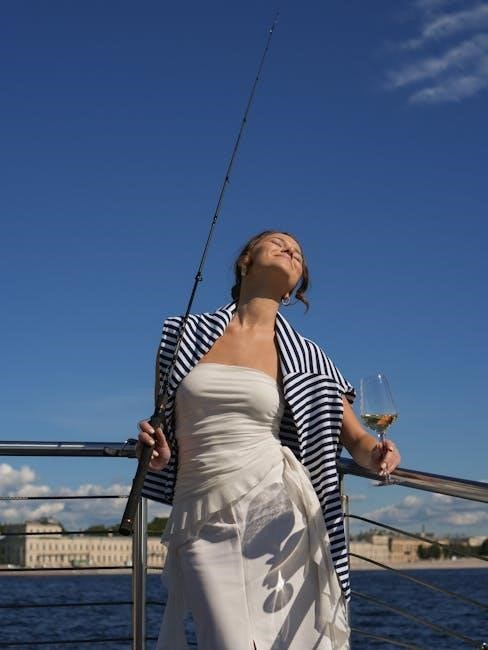
Factors Influencing the Tip Amount
The tip amount for fishing guides is influenced by their expertise, work ethic, and the quality of service provided. Trip duration, success, and regional tipping norms also play a role.
Guide Competence and Work Ethic
A fishing guide’s competence and work ethic significantly impact the tip amount. Skilled guides who demonstrate extensive knowledge of fishing spots, effective techniques, and proper equipment handling deserve higher gratuity. Their ability to adapt to changing conditions, navigate safely, and ensure a productive trip reflects their professionalism. A guide’s willingness to go the extra mile, such as providing adequate bait or explaining strategies, also influences the tip. Clients appreciate guides who are attentive, enthusiastic, and dedicated to maximizing their fishing experience, making these qualities worth recognizing with a generous tip.
Quality of Service and Overall Experience
The quality of service and overall experience greatly influence the tip amount for fishing guides. A guide who provides exceptional service, ensures a smooth trip, and fosters a positive atmosphere deserves a higher gratuity. Factors such as friendliness, professionalism, and attention to detail play a crucial role. If the guide effectively communicates, adapts to client needs, and ensures a memorable experience, it reflects in the tip. A well-organized and enjoyable trip, where the guide maximizes fishing opportunities and handles the boat skillfully, warrants a generous tip, as it demonstrates their commitment to client satisfaction and enhances the overall adventure.
Length and Type of Fishing Trip
The length and type of fishing trip can significantly impact the tip amount. Half-day trips may warrant a standard gratuity, while full-day or multi-day charters often require a higher percentage due to increased effort and resources. Saltwater, deep-sea, or specialized fishing excursions may justify a larger tip because of the complexity and equipment involved. Overnight trips or those requiring more preparation and provisions may also influence the tip amount. Clients should consider these factors when determining their gratuity, as longer or more demanding trips reflect greater time and effort from the guide.
Location and Regional Tipping Norms
Tipping practices for fishing guides vary by location and regional customs. In Alaska, for example, 15-25% is standard, while in Hawaii, similar rates apply. Southern states like Florida and Texas also follow this range. Internationally, tipping norms may differ; some countries include gratuity in the initial cost, while others expect tips separately. Regional economic factors and cultural influences also play a role. It’s essential to research local tipping customs before your trip to ensure you’re prepared. Understanding these variations helps you show appreciation appropriately, regardless of where your fishing adventure takes place.
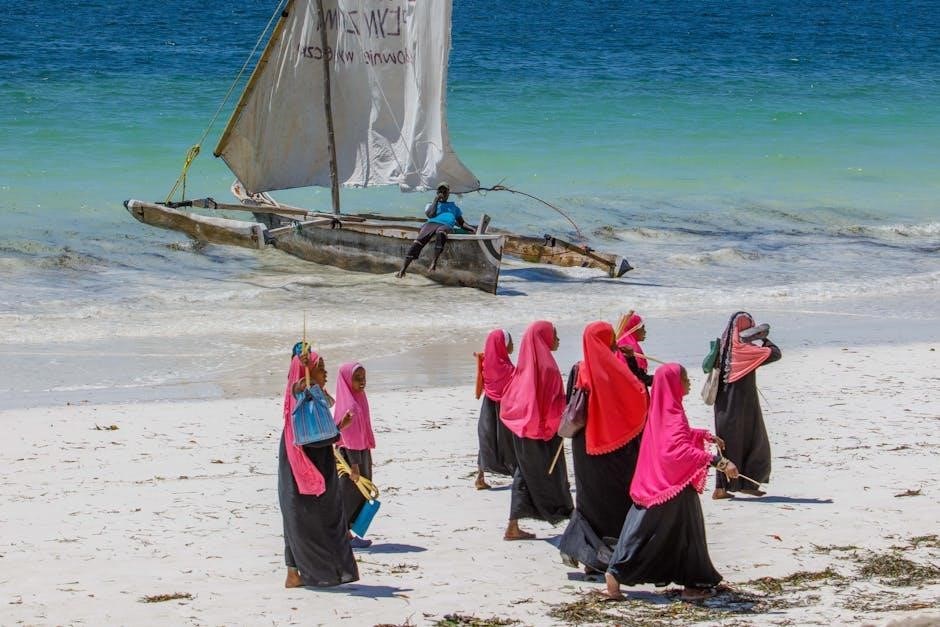
Standard Tipping Percentages
Standard tipping percentages for fishing guides typically range between 15% and 25% of the total trip cost, reflecting the guide’s professionalism and the quality of service provided.
Recommended Percentage Range (15-25%)
The standard tipping range for fishing guides is typically between 15% and 25% of the total trip cost. This percentage reflects the guide’s expertise, effort, and the overall quality of the experience. For example, on a $400 charter, a 15% tip would be $60, while 25% would be $100. The exact amount within this range often depends on factors such as the guide’s professionalism, the success of the trip, and the level of service provided. This range is widely accepted across the fishing industry and ensures that guides are fairly compensated for their work and dedication;
Calculating the Tip Based on Total Trip Cost
Calculating the tip for a fishing guide involves determining a percentage of the total trip cost. For example, if the charter costs $400, a 15% tip would be $60, while 25% would amount to $100. This method ensures fairness, as the tip directly reflects the value of the service provided. The calculation is straightforward: multiply the total trip cost by the desired percentage (e.g., 15% or 25%). This approach simplifies the process for clients and ensures guides receive fair compensation for their efforts and expertise in creating a memorable fishing experience.
Adjusting the Tip Based on Guide Performance
Tip amounts for fishing guides can be adjusted based on their performance during the trip. Exceptional service, such as going above and beyond to ensure a great experience, may warrant a higher tip, typically on the upper end of the 15-25% range; Conversely, if the guide’s effort or professionalism falls short of expectations, tipping on the lower end of the spectrum is appropriate. The adjustment reflects the guide’s dedication, skill, and willingness to enhance the trip’s success and enjoyment. This approach ensures that the tip accurately represents the quality of service received.
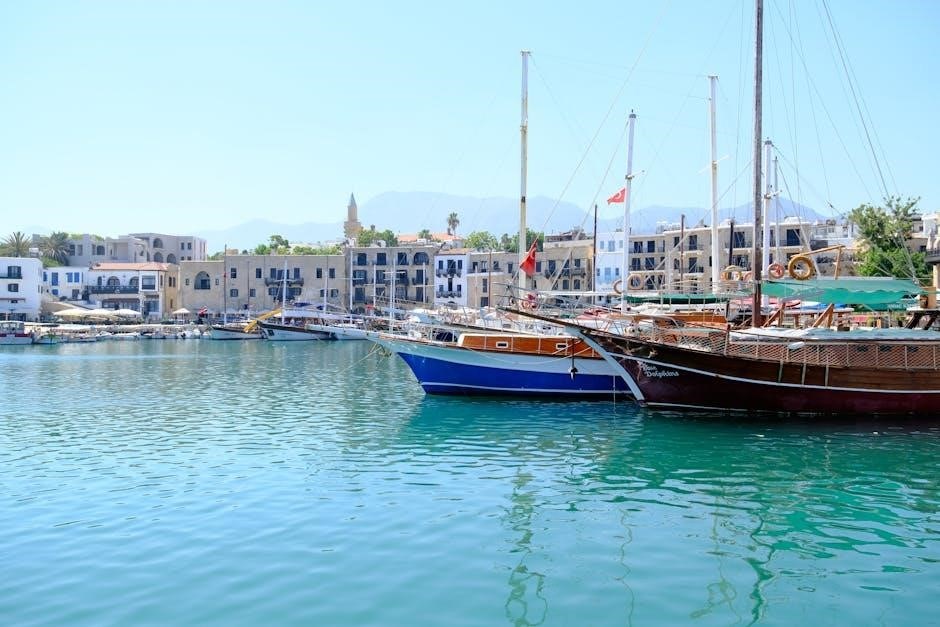
Additional Expenses to Consider
Additional expenses include bait, tackle, and equipment provided by the guide, as well as fishing licenses and permits. Other services may also add to the cost.
Bait, Tackle, and Equipment Provided by the Guide
Guides often provide bait, tackle, and equipment, which are essential for a successful fishing experience. These provisions are typically included in the trip cost, but their quality and variety can significantly impact your outing. A well-prepared guide with an adequate supply of bait and suitable tackle demonstrates professionalism and dedication, enhancing the overall experience. When considering the tip, recognize the effort and resources invested in providing these essentials, as they contribute to the trip’s success and your enjoyment. Ensure that your appreciation for these provisions is reflected in your tipping decision.
Fishing Licenses and Permits
Fishing licenses and permits are often included in the cost of the trip, ensuring compliance with local regulations. While these are essential for a legal and smooth experience, they are typically not a direct factor in determining the tip amount. Tipping is more about acknowledging the guide’s effort, expertise, and overall service rather than the administrative aspects like licenses. However, if the guide assists with obtaining these documents, it reflects their professionalism and attention to detail, which can be appreciated through a thoughtful tip.
Other Services Included in the Trip
Many fishing guides offer additional services that enhance the overall experience, such as cleaning and filleting caught fish, providing ice for storage, or even offering snacks and refreshments. Some guides may also include photography services to capture memorable moments. These extras are often included in the trip cost, but they reflect the guide’s dedication to ensuring client satisfaction. While tipping is not directly tied to these services, they highlight the guide’s effort to provide a comprehensive and enjoyable experience, which can be appreciated through a generous tip.
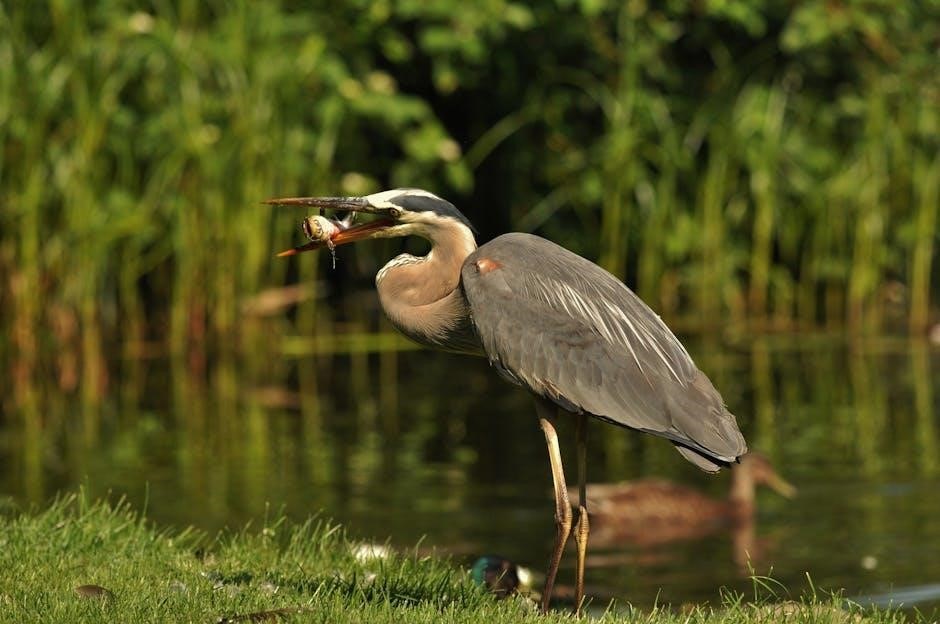
When to Tip the Captain vs. the Crew
Tip the captain directly, as they typically distribute it among the crew. This ensures fairness and acknowledges the captain’s responsibility for the overall experience.
Understanding the Hierarchy on a Fishing Charter
On a fishing charter, the captain is typically in charge, overseeing the entire operation, while the crew assists with tasks like handling gear, navigating, and ensuring client safety. Recognizing this hierarchy helps in understanding how tips are distributed. The captain often divides the gratuity among the crew, ensuring fairness for all team members. Acknowledging both the captain’s leadership and the crew’s support fosters a positive and respectful environment. This structure ensures that everyone contributing to the trip’s success is appropriately appreciated.
Tipping the Captain Directly
Tipping the captain directly is a common practice, as they oversee the entire fishing charter operation. Handing the tip personally or placing it in an envelope ensures the captain receives the gratuity. This gesture acknowledges their leadership, expertise, and effort in coordinating the trip. Typically, the captain divides the tip among the crew, so it’s customary to tip 15-25% of the total trip cost. This amount reflects the captain’s responsibility for the trip’s success and their role in ensuring a memorable experience for all clients. It’s a respectful way to show appreciation for their dedication and professionalism.
Tipping the Crew Separately
Tipping the crew separately is a thoughtful way to acknowledge their hard work and contributions to the fishing trip. While the captain often divides the main tip among the crew, some clients prefer to tip crew members directly for exceptional service. This is particularly appropriate if a crew member went above and beyond, such as handling gear, providing instruction, or ensuring safety. Typically, tips for the crew fall within the standard 15-25% range of the trip cost. Recognizing their efforts with a direct tip can boost morale and show genuine appreciation for their role in making the experience enjoyable and successful.
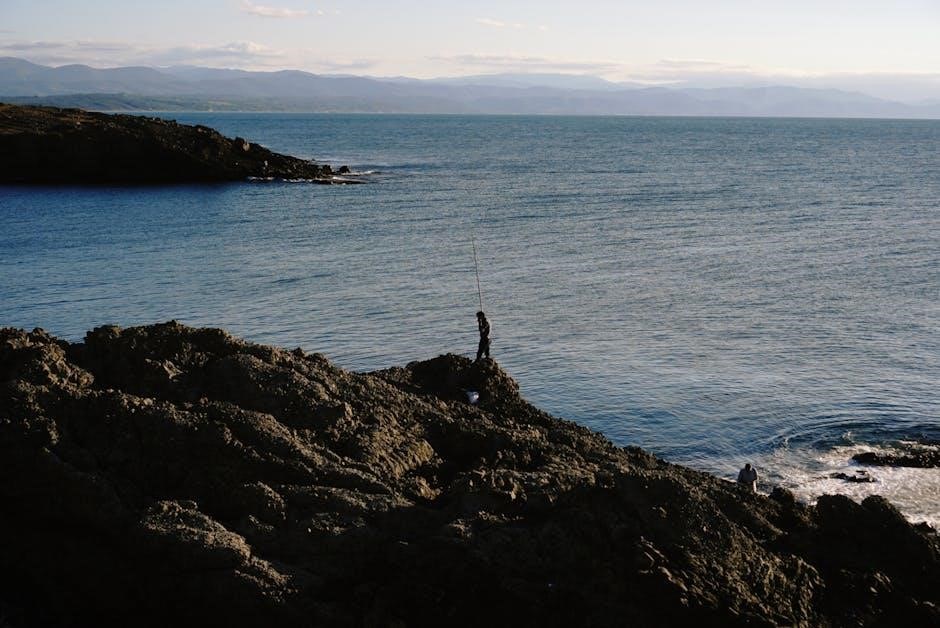
How Guide Performance Affects the Tip
A fishing guide’s expertise, adaptability, and service quality significantly influence the tip amount, reflecting their impact on the overall fishing experience and client satisfaction.
Guide Skill Level and Knowledge of Fishing Spots
A guide’s skill level and knowledge of prime fishing spots significantly impact the tipping amount. Expertise in selecting optimal locations and using effective techniques enhances the experience. Guides who demonstrate profound understanding of local waters and adapt strategies to improve catch rates deserve higher gratuity. Their ability to provide a successful and enjoyable trip often reflects in the tip, as clients appreciate the effort and expertise invested. Recognizing their skill with a generous tip is a way to acknowledge their contribution to a memorable adventure.
Friendliness and Communication with Clients
Friendliness and clear communication significantly enhance the fishing experience, creating a positive and engaging environment for clients. Guides who are approachable, personable, and willing to share knowledge foster a welcoming atmosphere. Their ability to listen to clients’ needs and adapt the trip accordingly is highly valued. Good communication ensures clients feel comfortable and informed, contributing to a memorable adventure. A guide’s friendliness often directly influences the tipping amount, as clients appreciate the effort to make the experience enjoyable and stress-free. This personal connection can elevate the overall satisfaction of the trip.
Willingness to Adapt to Client Needs
A fishing guide’s willingness to adapt to client needs greatly enhances the experience. Whether adjusting fishing strategies, accommodating skill levels, or addressing specific preferences, flexibility ensures a personalized trip. Guides who proactively modify their approach based on client feedback demonstrate a commitment to satisfaction. This adaptability often leads to higher tips, as clients appreciate the effort to meet their expectations. A guide’s ability to pivot when conditions change or when initial plans aren’t yielding results showcases professionalism. Such responsiveness significantly contributes to a positive and memorable outing, encouraging clients to show their appreciation through generous gratuity.
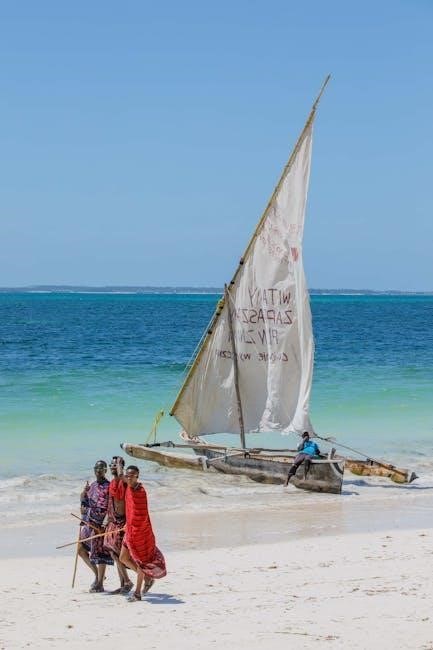
Scenarios for Adjusting the Tip Downward
Tipping can be adjusted downward if the guide provides poor service, shows lack of effort, or fails to meet expectations, ensuring the tip reflects the experience.
Poor Service or Lack of Effort
A tip may be reduced if the guide demonstrates poor service or lack of effort. This includes inadequate preparation, such as insufficient bait or tackle, or failing to adapt to client needs. If the guide appears disengaged, unprofessional, or unresponsive, it reflects negatively on the experience. Some anglers adjust the tip downward in such cases, as the guide’s performance directly impacts the trip’s success. Poor service can warrant a tip below the standard 15-25% range, potentially 10-15%, depending on the severity of the issues encountered during the fishing trip.
Unprofessional Behavior by the Guide
Unprofessional behavior by a fishing guide, such as rudeness, disrespect, or a lack of courtesy, can significantly impact the tipping decision. If the guide appears disinterested, dismissive, or uncooperative, it undermines the client’s experience. Such behavior may warrant a reduced tip or, in extreme cases, no tip at all. However, it’s important to communicate feedback constructively, as guiding is a service industry that relies heavily on client satisfaction. Unprofessional conduct can justify lowering the tip below the standard 15-25% range, ensuring the guide understands the expectations for a positive and respectful interaction during the fishing trip.
Unmet Expectations or Disappointing Experience
If a fishing trip fails to meet expectations, such as a lack of effort by the guide, inadequate bait, or poor boat maintenance, it may justify reducing the tip. A disappointing experience, like a guide’s inability to locate fish or provide a enjoyable atmosphere, can also lead to a lower gratuity. While it’s important to acknowledge the guide’s time and effort, unmet expectations warrant a smaller tip within the 15-25% range. Clear communication of issues is key, ensuring the guide understands how the experience fell short and how it impacted the tipping decision.
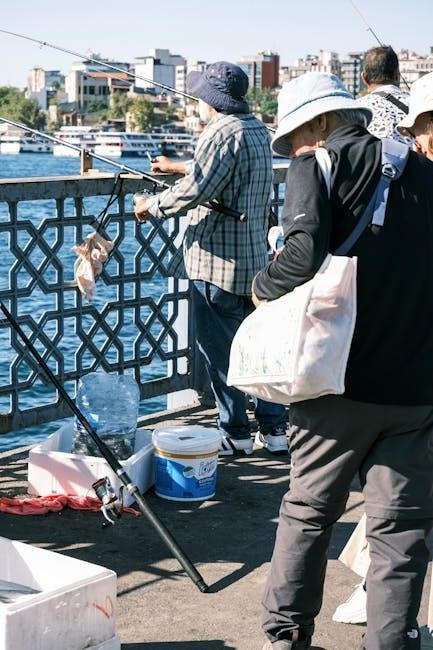
The Process of Tipping
The tipping process typically occurs at the end of the fishing trip, with cash being the preferred method. Present the tip directly to the guide or captain, ensuring it reflects your satisfaction with their service and the overall experience.
When to Present the Tip (End of the Trip)
The tip is typically presented at the end of the fishing trip, as it allows clients to assess the guide’s performance and the overall experience. Handing the tip directly to the captain or guide ensures gratitude is conveyed personally. Cash is the preferred method, though some may offer other forms of payment. Timing the tip at the trip’s conclusion is customary, as it serves as a final gesture of appreciation for the guide’s efforts and service quality. This practice is widely accepted and expected in the fishing charter industry.
How to Present the Tip (Cash or Other Methods)
Cash is the most common and preferred method for tipping fishing guides, as it ensures the guide receives the full amount immediately. However, some guides may accept credit cards, digital payments, or even mobile payment apps like Venmo. When presenting the tip, it’s considerate to use an envelope if provided or to discreetly hand it directly to the guide. Accompanying the tip with a heartfelt “thank you” or a compliment enhances the gesture, showing genuine appreciation for their efforts. This approach ensures clarity and respect in expressing gratitude for the guide’s services.
Communicating Appreciation Along with the Tip
Expressing genuine gratitude when tipping a fishing guide enhances the gesture. A heartfelt “thank you” or acknowledging their effort, knowledge, and dedication can make the experience more meaningful. Complimenting their skills, such as navigating tough conditions or finding prime fishing spots, shows appreciation for their expertise. A sincere handshake or verbal praise accompanying the tip reinforces your satisfaction. Additionally, mentioning specific highlights from the trip demonstrates that you value their hard work. This personal touch not only strengthens the connection but also leaves a positive impression, making the experience memorable for both you and the guide.
Budgeting for Tips
Plan ahead by setting aside 15-25% of the trip cost for tips, ensuring you’re prepared to show appreciation for your guide’s efforts and service quality.
Planning the Tip in Advance
Planning the tip in advance ensures you’re prepared to show appreciation for your guide’s efforts. Calculate 15-25% of the trip cost beforehand to budget accordingly. Consider the guide’s expertise, work ethic, and the overall experience when deciding the amount. Setting aside a portion of your trip budget for gratuity helps avoid last-minute financial stress. Additionally, think about any extra expenses, like bait or equipment, that might influence your tipping decision. Planning ahead ensures a smooth and gracious way to express gratitude for a memorable fishing adventure.
Including the Tip in the Overall Budget
Including the tip in your overall fishing trip budget ensures a stress-free experience. Allocate 15-25% of the total trip cost for gratuity, considering the guide’s expertise and services provided. This approach helps you avoid last-minute financial decisions and ensures fairness. Plan ahead by calculating the tip based on the quoted charter price, excluding additional expenses like licenses or bait. Treat the tip as a standard part of your budget, just like fuel or equipment rentals. This proactive approach demonstrates respect for your guide’s hard work and contributes to a positive, memorable fishing adventure.
Considering Additional Gratuity for Exceptional Service
For exceptional service, consider adding extra gratuity to your standard tip. If your guide went above and beyond, such as handling unexpected challenges, offering expert advice, or ensuring a memorable experience, a larger tip reflects your appreciation; This additional amount can vary based on the guide’s efforts and how they enhanced your trip. Recognizing outstanding performance with extra gratuity not only rewards their dedication but also reinforces the value of excellent service in the fishing industry. It’s a thoughtful way to acknowledge when a guide truly exceeds expectations and makes your fishing adventure unforgettable.
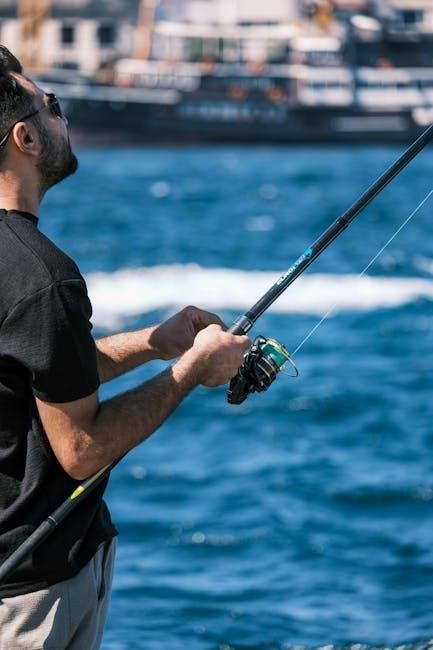
Regional Variations in Tipping Practices
Tipping practices vary by region and culture. While many states follow the 15-20% standard, international locations may differ, with local norms influencing gratuity amounts significantly.
Differences in Tipping Norms Across States
Tipping norms for fishing guides vary across states, reflecting regional customs and economic factors. For instance, in states like Texas and Florida, where fishing tourism is prominent, tips often range between 20-25% of the trip cost, as guides are expected to provide exceptional service and expertise. In contrast, other regions may see slightly lower tipping rates, around 15-18%, due to local economic conditions or cultural practices. These differences highlight the importance of researching local tipping customs before a fishing trip to ensure fair compensation for guides. Ultimately, the tip should reflect the guide’s performance and the quality of the experience provided.
International Tipping Practices for Fishing Guides
International tipping practices for fishing guides vary significantly based on cultural norms and regional expectations. In some countries, tipping is deeply ingrained, with 15-25% of the trip cost being standard, similar to U.S. practices. However, in other regions, tipping may be less customary or even considered impolite. For example, in certain Asian or European countries, smaller tips or no tips at all are common, as service charges are often included. Researching local customs before a trip is essential to ensure appropriate compensation and avoid unintended offense. This cultural variability underscores the importance of understanding regional tipping etiquette when planning an international fishing adventure.
Cultural Influences on Tipping Behavior
Cultural norms significantly influence tipping practices for fishing guides. In the U.S., tipping is expected and typically ranges from 15-25% of the trip cost, reflecting appreciation for service quality. However, in countries like Japan, tipping is uncommon and may even be perceived as offensive. In Europe, tipping practices vary by region, with some areas expecting smaller amounts or rounding up the total. Understanding these cultural differences is crucial to avoid misunderstandings. For example, in some Latin American countries, tipping is modest but always appreciated. Respecting local customs ensures a positive interaction and demonstrates respect for the guide’s efforts and cultural context.
Tipping fishing guides is customary, reflecting their effort, expertise, and service quality. Aim for 15-25% of the trip cost to show appreciation for a memorable experience.
Summarizing Key Points on Tipping Etiquette
Tipping fishing guides is a standard practice, typically ranging from 15% to 25% of the trip cost, reflecting the guide’s competence, effort, and the quality of service provided. Factors such as guide skill, friendliness, and adaptability to client needs significantly influence the tip amount. Tips should be presented at the end of the trip, preferably in cash, and accompanied by expressions of gratitude. Regional variations may exist, but the core principle remains consistent: showing appreciation for a memorable and well-executed fishing experience. Proper tipping etiquette ensures a positive interaction and supports the guide’s livelihood.
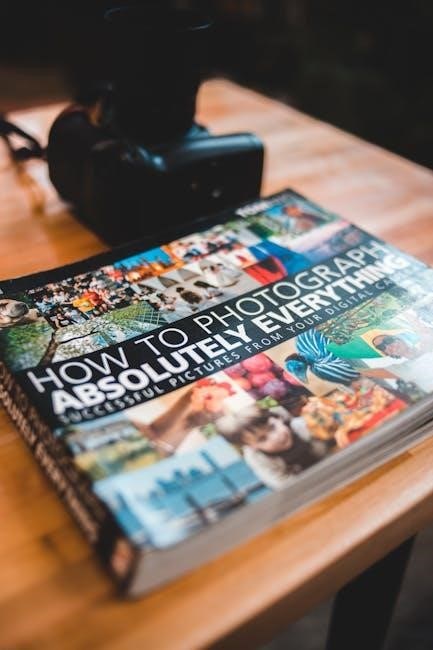
Final Tips for Ensuring a Positive Experience
To ensure a positive experience, communicate expectations with your guide beforehand and express gratitude for their efforts. A tip of 15-25% of the trip cost is standard, reflecting the guide’s professionalism and service quality. Present the tip at the end of the trip, preferably in cash, and consider adding a thank-you note for exceptional service. Budgeting for the tip in advance ensures it’s included in your planning. By showing appreciation and understanding the importance of tipping, you foster a positive interaction and support the guide’s livelihood, contributing to a memorable and enjoyable fishing adventure.
